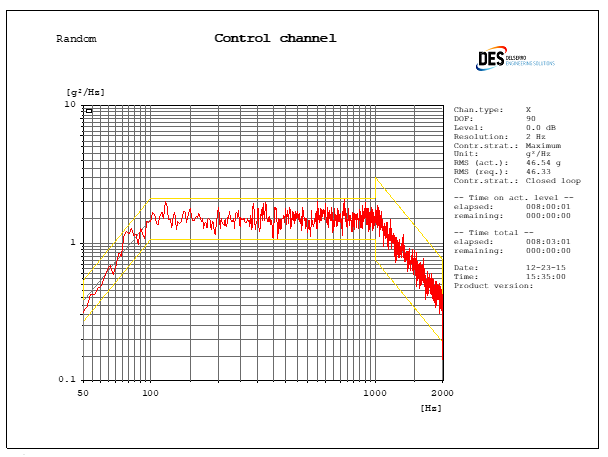This is another part of a series of blog posts concerning the MIL-STD 810 Shock Section, Method 516. This blog was written with reference to MIL-STD-810G w/Change 1 dated 15 April 2014. DES has the experience and expertise to run your MIL-STD-810 test. For more information, please check out our DES shock testing services page and our other MIL-STD-810 shock testing blog articles:
MIL-STD 810, Method 516, Shock Testing Overview
MIL-STD 810, Method 516, Shock Testing Procedure I – Functional Shock
MIL-STD 810, Method 516, Shock Testing Procedure II – Transportation Shock
MIL-STD 810, Method 516, Shock Testing Procedure III – Fragility
Method 516, Procedure IV is for testing products that could be accidently dropped such as when they are removed from a shelve or dropped when handling. The test item is physically dropped onto a hard surface to produce the shock. Products can be tested inside their transit case or unpackaged. Typically, they would be tested in the configuration that is normally used for transportation, handling, or a combat situation.
Continue reading MIL-STD 810, Method 516, Shock Testing Procedure IV – Transit Drop →


